The Fisheries Management Index allows for proper, holistic evaluation of a fishery management system for fisheries that fall outside of traditional evaluation methods
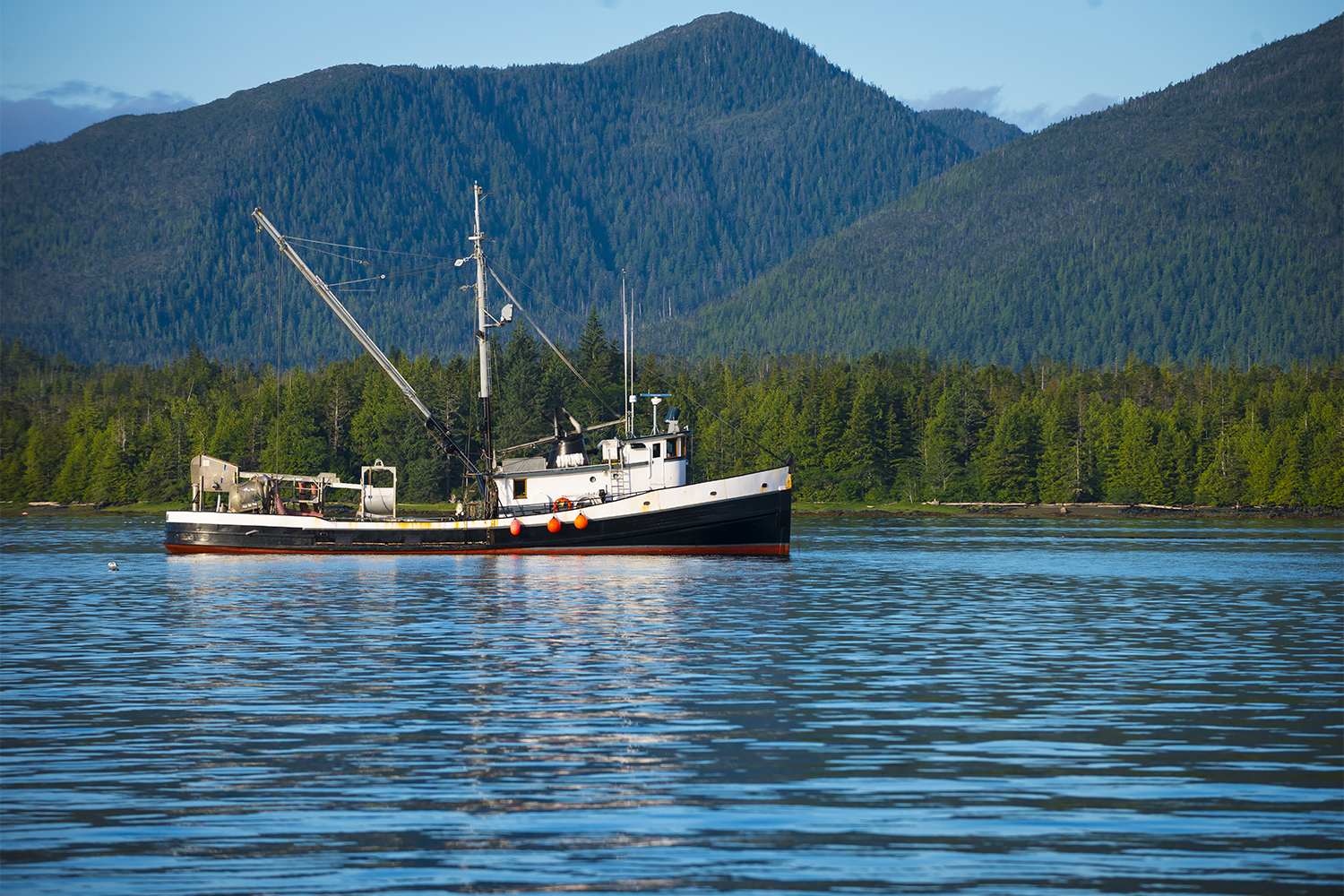
U.S. marine fisheries annually support more than 1.8 million jobs, generate $255 billion in sales and contribute $117 billion to the nation’s GDP. Not only are fisheries of enormous socioeconomic and cultural value, the United States does a fantastic job maintaining them. Science and fisheries management are highly prioritized to ensure that marine resources stay healthy for future generations. By weight, more than 99 percent of U.S.-caught commercial seafood comes from a biologically sustainable stock with just 7 percent of fisheries subject to overfishing.
Effective fishery management gets results, but how do we know what “effective” means? Fishery outcomes matter, but only looking at outcomes takes fisheries out of context and misses the procedural and systemic parts of management. To properly evaluate a fishery management system, we need a measure of the management regime as a whole: Enter the Fisheries Management Index (FMI), a metric based on five dimensions of fisheries management: Stock status, research, management response, enforcement and socioeconomics.
The FMI measure was introduced in 2016 and confirmed the United States as having the world’s best fishery management system. But there are thousands of U.S. fisheries that are not managed by the federal government that fall outside of traditional fishery management evaluation. How well-managed are those? A new paper out this week in Fish and Fisheries, by Melnychuk et al. 2023, answered that question by applying the FMI metric in the first-ever nationwide synthesis of non-federally managed fisheries in the United States.
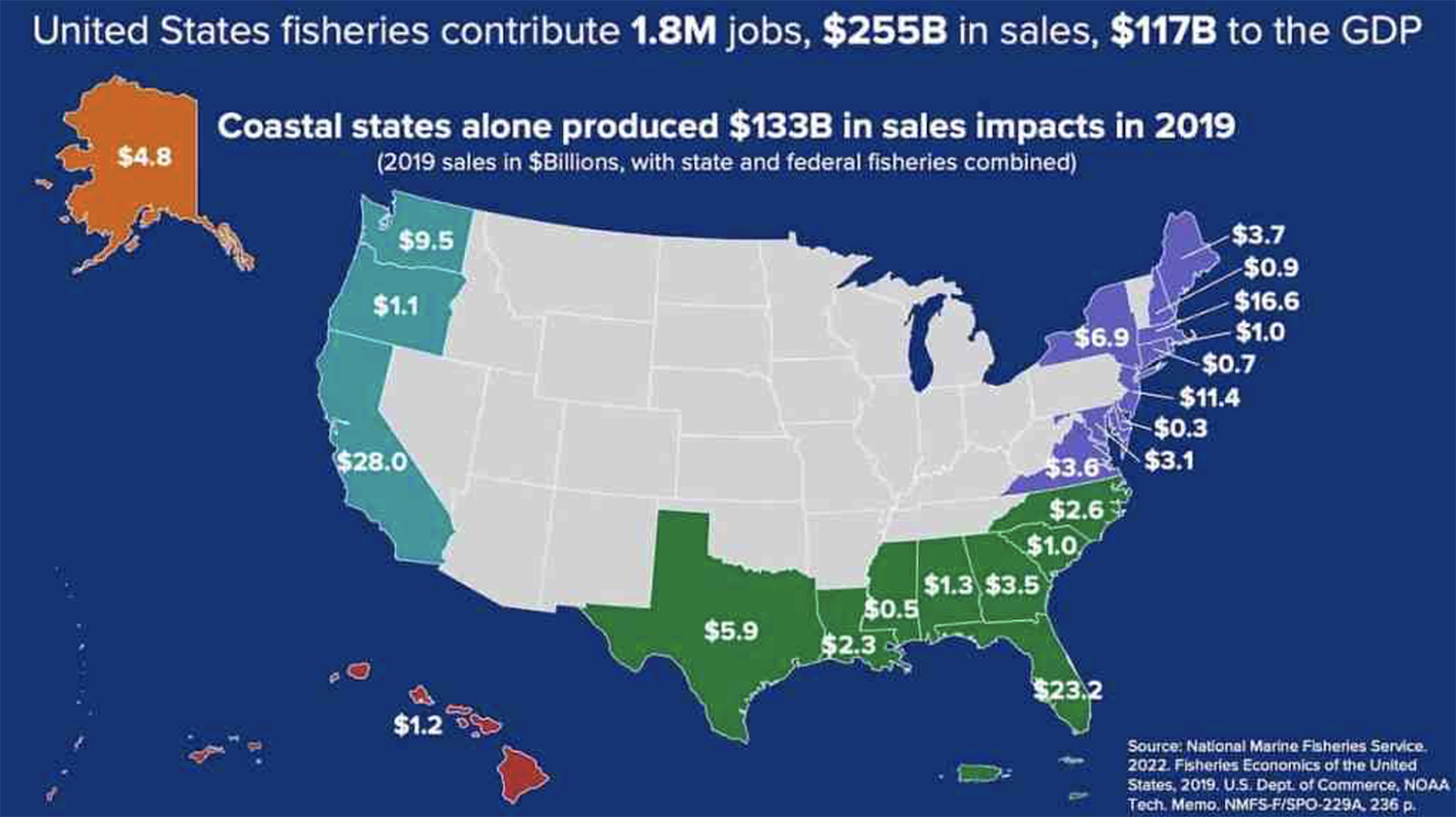
How are U.S. fisheries managed?
Fisheries management in the United States is implemented primarily under state or federal jurisdictions. Nationwide, there are currently 492 federally managed fisheries, which are tracked by the National Oceanic and Atmospheric Administration (NOAA Fisheries) using the Fish Stock Sustainability Index (FSSI) across five federal management regions.
The health of these federal fisheries is documented in a detailed nationwide report summarizing the status and trends of federally managed fisheries each year. However, state and territory fisheries management agencies operate more independently. This means there are no nationwide metrics or syntheses to date that would allow a comprehensive understanding of the status of non-federally managed fisheries, even though these fisheries represent 40 percent of the total commercial value of marine fishery landings in the United States.
The study, produced by the University of Washington and The Nature Conservancy, provides the first-ever nationwide synthesis of the status and management performance of non-federally managed fisheries using the FMI. The study fills a critical knowledge gap regarding the status of U.S. fisheries and the performance of non-federal management systems. It covered 311 of 1,992 identified non-federal fisheries. These 311 fisheries represented 97 percent of commercial volume, 93 percent of commercial value, and 49 percent of recreational landings nationwide.
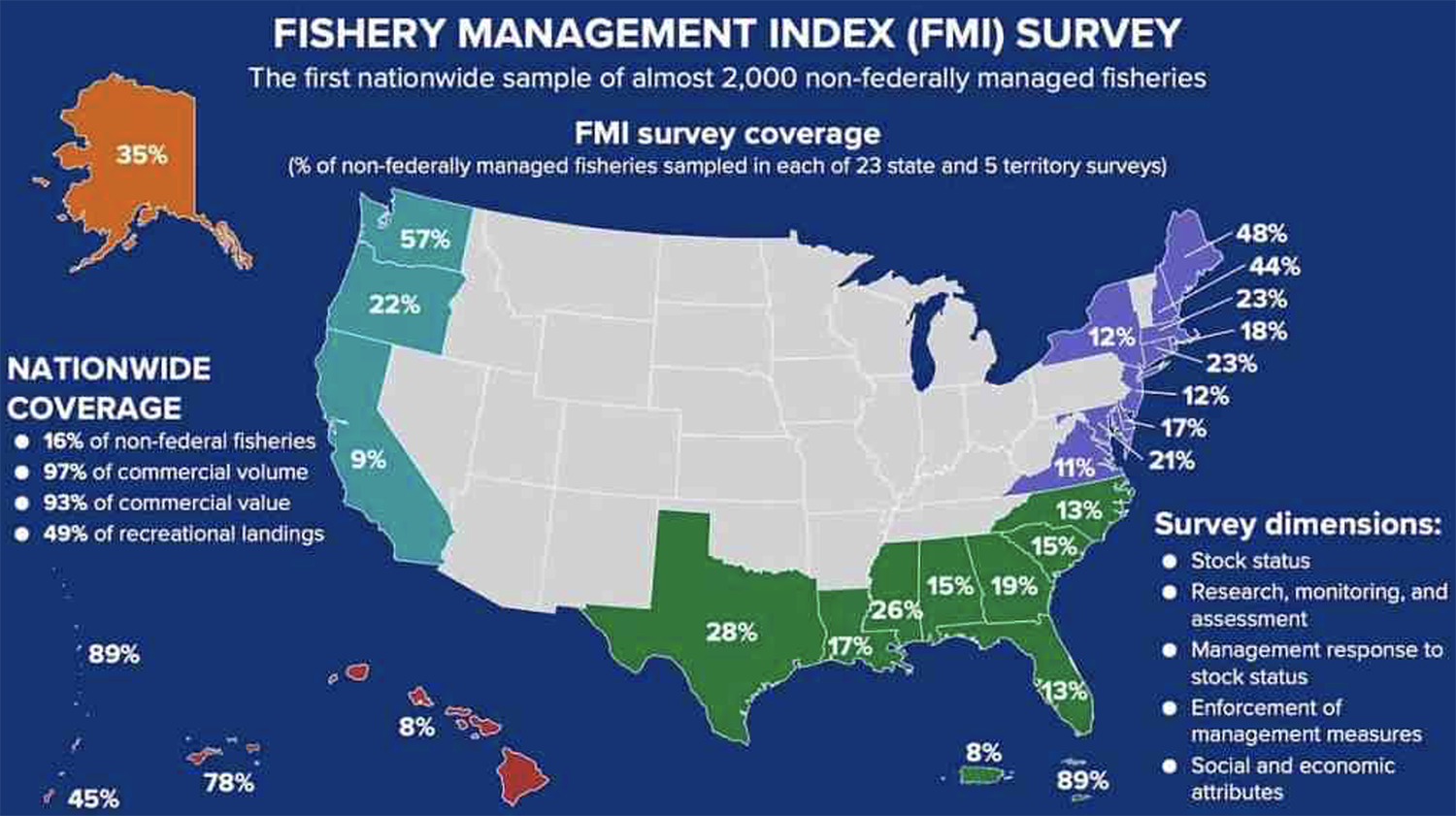
Key findings of the Fisheries Management Index:
- In the United States, fisheries management at the state/territory level is funded less than federal fisheries management.
- Nationwide, more than 80 percent of the 1,992 non-federally managed fisheries have an unknown stock status (i.e., no estimate of current stock abundance and fishing pressure relative to target levels) and more than 60 percent (almost 1,200 fisheries) are not actively managed by state or federal agencies.
- Commercially or recreationally important fisheries received more management attention and a greater proportion of these fisheries had recent estimates of stock status.
- Fisheries that were prioritized by state or territory agencies received more management attention and thus tended to have stock abundance and fishing pressure closer to target levels (i.e., are in better condition).
- In more than half the surveys, experts cited data limitations and resource constraints as the biggest barriers to more active and effective management.
“Around the world we see tremendous variability in fisheries management intensity among countries,” observed the study’s lead researcher, Dr. Mike Melnychuk. “This study showed that even within a single country, we still see substantial variability in how fisheries are managed, both among regions and among individual species.”
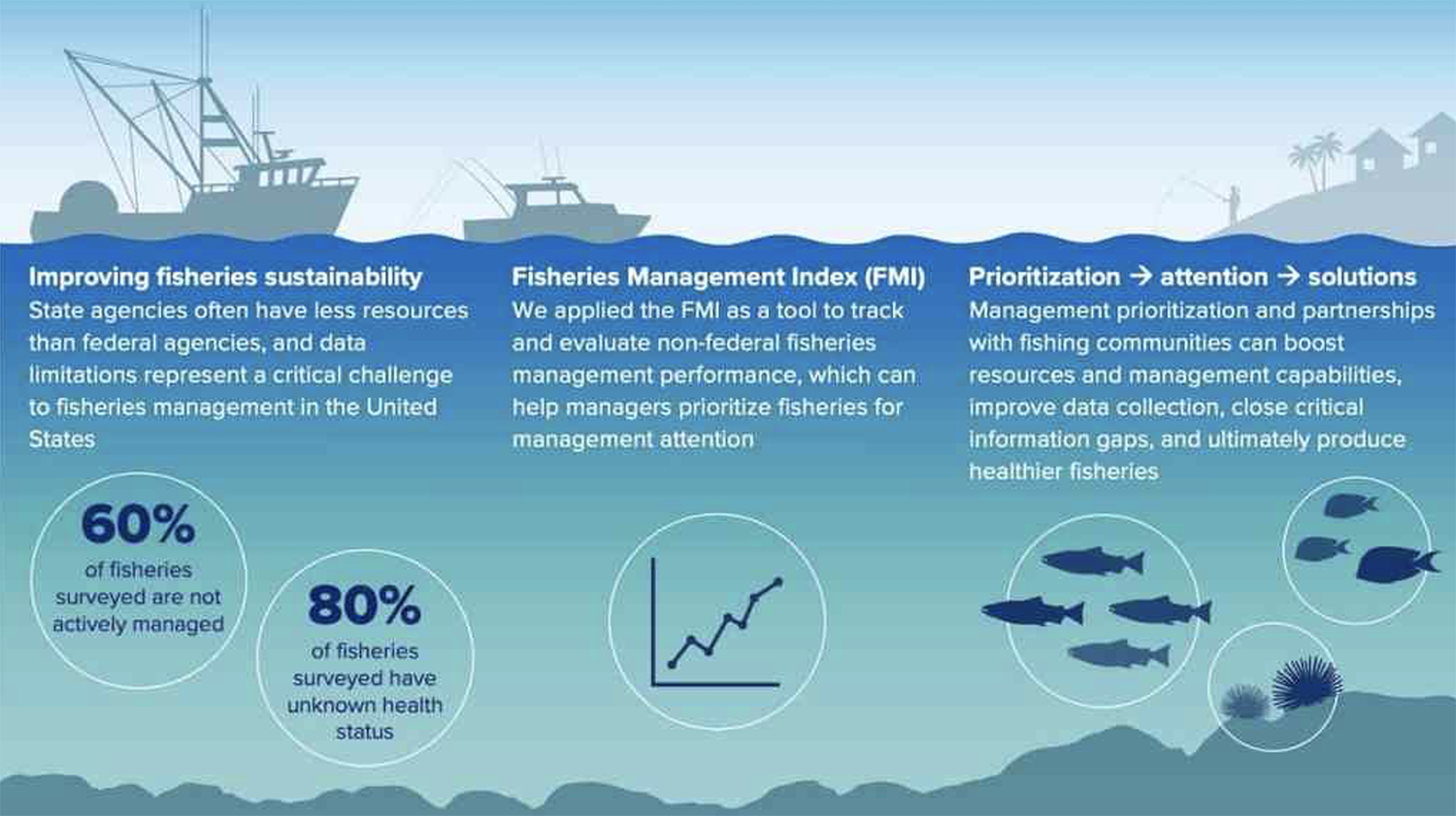
Future of non-managed U.S. fisheries
While there is no analogous index to the Fish Stock Sustainability Index (FSSI) for state-managed fisheries, the FMI provides a way for state fisheries management performance to be evaluated and tracked nationwide. This can provide state agencies with both a trend and a target not only for stock health, but also for data availability, enforcement and socioeconomic metrics. This would allow state fisheries management performance to be reported in a nationwide context in parallel with NOAA Fisheries’ annual “Status of Stocks” reports.
Improving the sustainability of fisheries across the United States is challenging yet solvable. Greater adoption of adaptive, cooperative management and data-limited fisheries management tools can help overcome barriers to more active and effective management. Partnerships with fishing communities and other stakeholders can boost resources and management capabilities, improve data collection and close information gaps to support sustainable fisheries, strong coastal economies and resilient fishing communities into the future. This is especially important given the immediate management challenges that are now posed by accelerating symptoms of climate change. Melnychuk et al. 2023 suggests that fisheries management currently practiced by state agencies can effectively maintain or improve the condition of fisheries if they are prioritized.
Follow the Advocate on Twitter @GSA_Advocate
Now that you've reached the end of the article ...
… please consider supporting GSA’s mission to advance responsible seafood practices through education, advocacy and third-party assurances. The Advocate aims to document the evolution of responsible seafood practices and share the expansive knowledge of our vast network of contributors.
By becoming a Global Seafood Alliance member, you’re ensuring that all of the pre-competitive work we do through member benefits, resources and events can continue. Individual membership costs just $50 a year.
Not a GSA member? Join us.
Authors
-

Max Mossler
Max Mossler is the managing editor of sustainablefisheries-uw.org and is an employee of the School of Aquatic and Fisheries Sciences at the University of Washington. His writing and analysis are independent of the Global Seafood Alliance and are published on the Advocate with his permission.
-

Lyall Bellquist
Lyall is a Senior Fisheries Scientist with the California Oceans Program at The Nature Conservancy, and is based in San Diego at Scripps Institution of Oceanography.
Tagged With
Related Posts
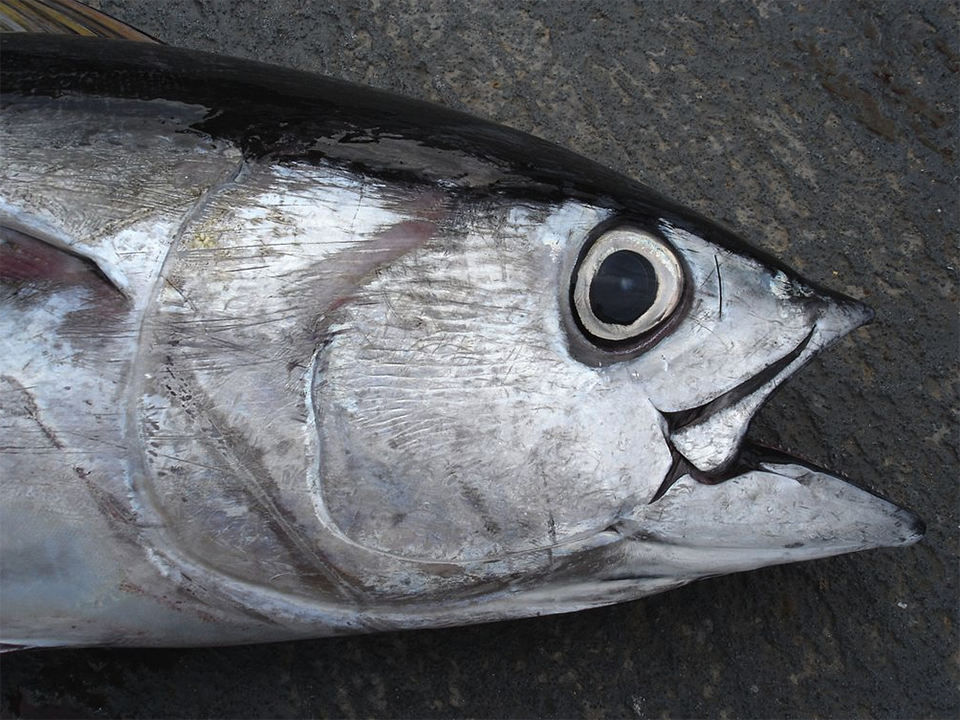
Fisheries
Fisheries in Focus: Marine protected areas don’t help tuna population, new paper shows
Using stock assessment and fishing data, researchers find that the Phoenix Islands Protected Area did not meaningfully increase the tuna population.
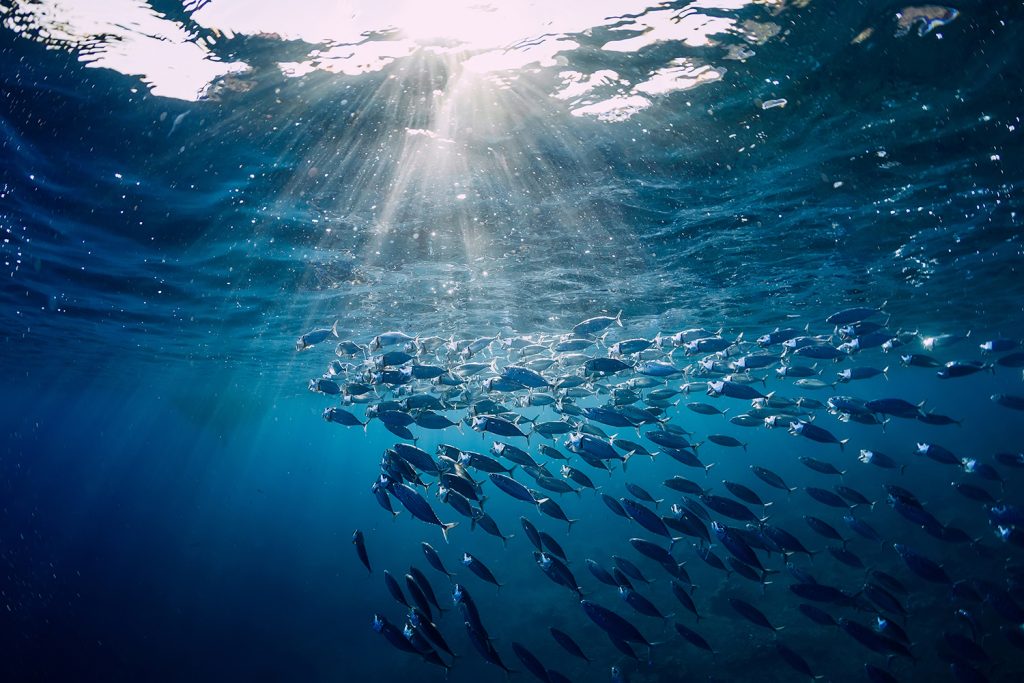
Fisheries
Fisheries in Focus: Tunas and billfishes are improving on the IUCN Red List – and it’s thanks to effective fisheries management
Sustainable Fisheries UW offers a rundown of the IUCN Red List and how tunas and billfishes benefit from strong fisheries management.
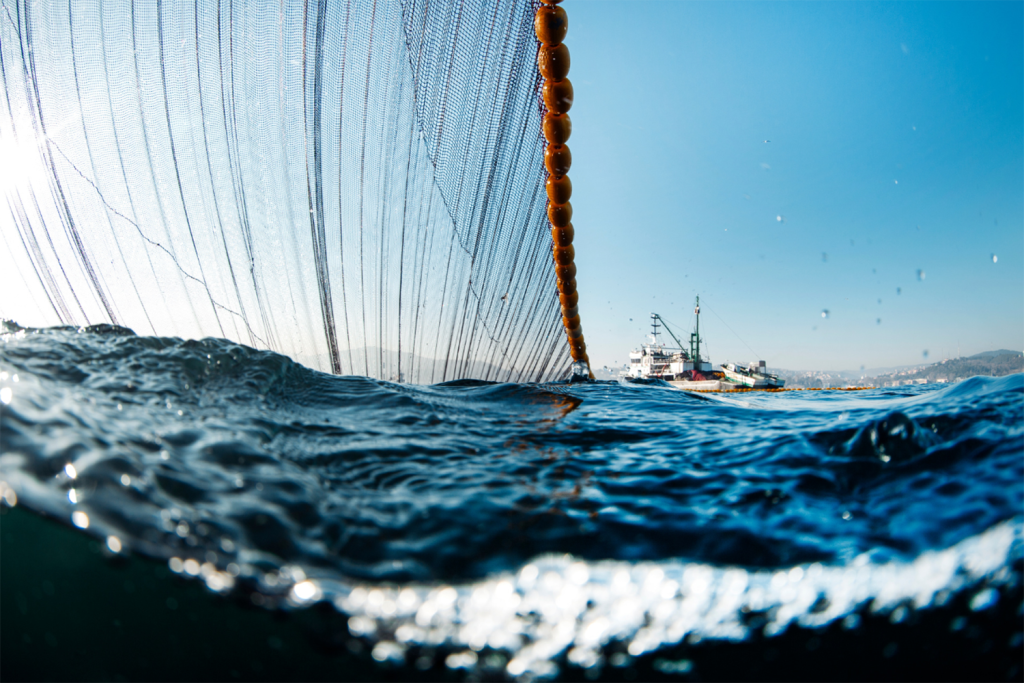
Fisheries
‘They need a good reason to stay’: How one coalition may break a decade of deadlock in the North Atlantic mackerel fishery
GOAL 2022: The North Atlantic Pelagic Advocacy Group, led by Dr. Tom Pickerell, is a finalist for GSA’s inaugural Global Fisheries Innovation Award.
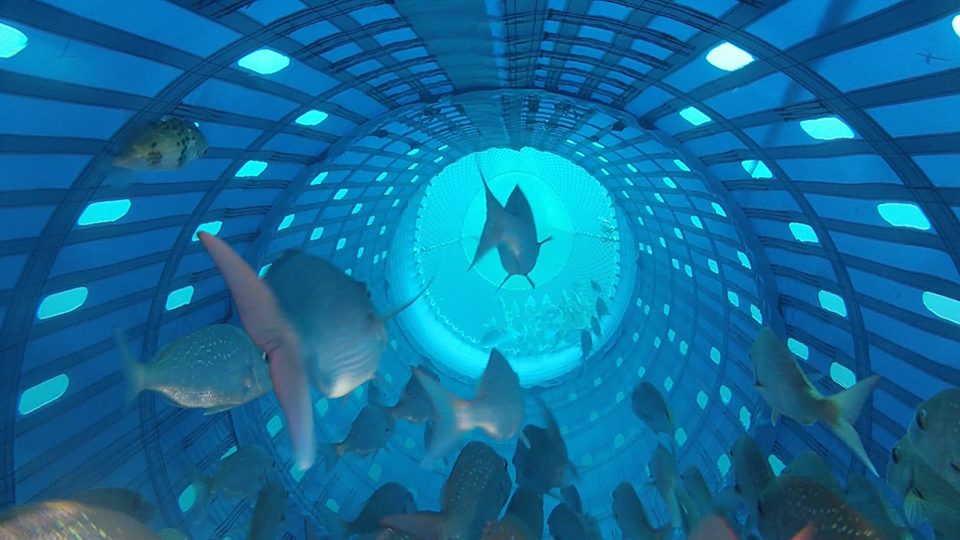
Fisheries
‘We were just looking for a way to fish better’: How one partnership is reinventing commercial fishing nets to reduce bycatch and improve animal welfare
Precision Seafood Harvesting’s novel reimagining of commercial fishing nets provides innovative solutions to both bycatch and animal welfare issues.


